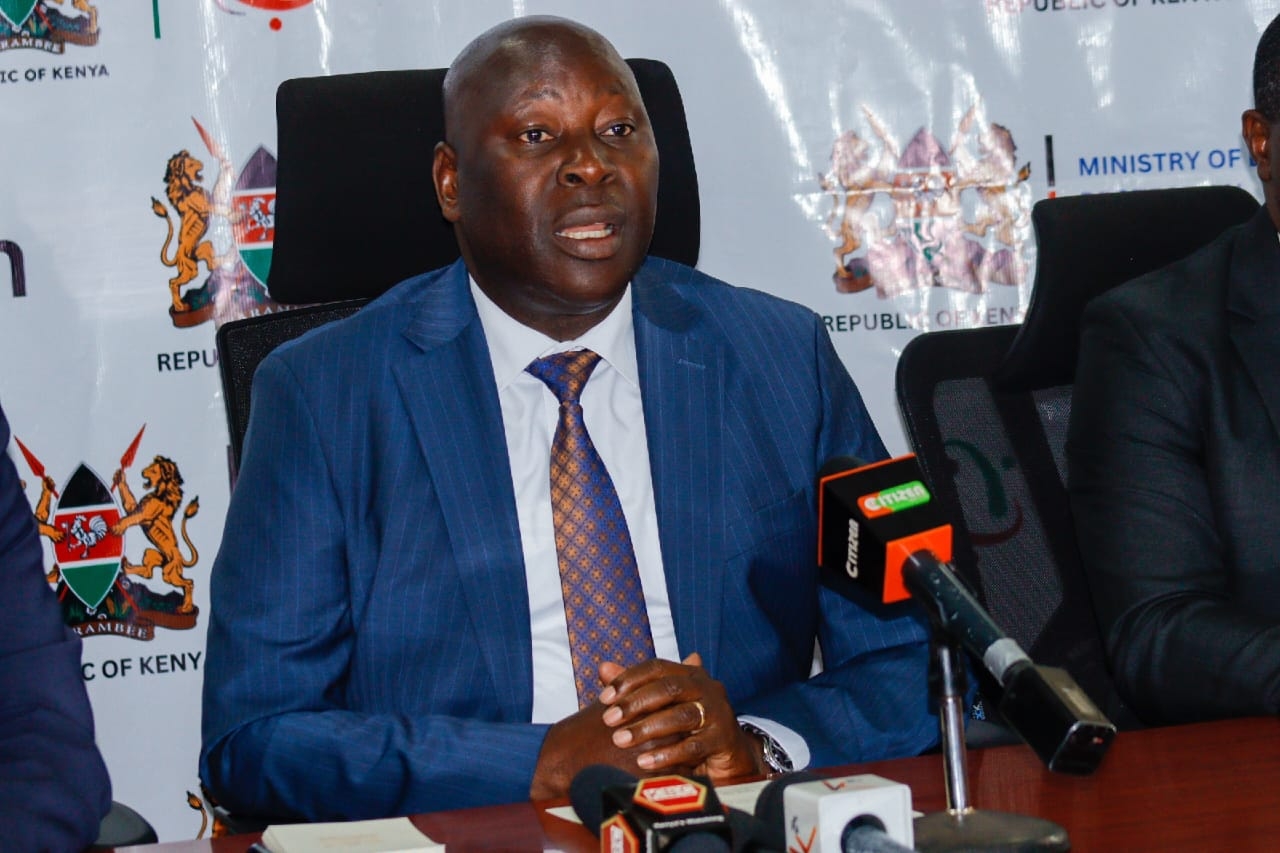The task force on education reforms has made radical funding proposals including an overhaul of government sponsorship for higher education.
The Presidential Working Party on Education Reforms wants the administration of sponsorship from the counties and the National Government Constituency Development Fund(NG-CDF) centralised.
The panel says the move will eliminate instances where students receive multiple funding from different constituency funds and county governments.
This means that, going forward students may not be able to access simultaneous funding from both CDF and county governments.
"All other funding and sponsorship provided by NG-CDF, county government and other sponsors to be centrally coordinated to avoid multiple funding of the same student," the report reads.
The panel said students will be eligible to apply for financial assistance including government scholarships, loans and bursaries upon receiving an admission letter from institutions.
Under the proposed funding model for higher education, students will receive scholarships and loans based on means testing.
For university education, funding will be based on the actual cost of the program with government scholarship incurring an average of 61 per cent.
Government loans will cater for an average of 35.5 per cent with households set to contribute an average of 3.5 per cent.
Funding for TVET education will be purely student-centred and also include elements of the cost of the programme.
Students will get government scholarships at an average of 58 per cent while government loans will inject 32 per cent.
Households will contribute an average of 10 per cent.
The task force has provided the distribution of scholarships and loans to distinct categories of TVET students.
Students under the vulnerable category will get scholarships of up to 80 per cent, 20 per cent loans while households will not contribute anything.
For the extremely needy category, students will get scholarships of up to 70 per cent and loans of up to 30 per cent with households contributing nothing.
For the needy category, students will get scholarships of up to 50 per cent, loans of 30 per cent and households will contribute 20 per cent.
The less needy category will get scholarships of up to 32 per cent, loans of 48 per cent while households will contribute 20 per cent.












